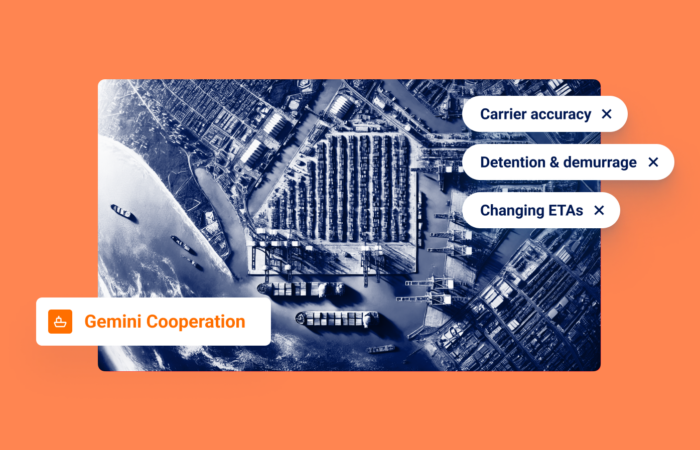When Compliance Fails Upstream: Lessons from Maritime Supplier Crackdowns

What’s inside?
Sanctions enforcement in the maritime domain is no longer confined to rogue vessels and bad-faith operators. It now reaches into the supply chain itself, where spare parts, ship components, and fuel contracts are increasingly treated as evidence. For maritime equipment manufacturers and service providers, the assumption of being one step removed from regulatory exposure is officially obsolete.
Recent enforcement actions show just how far upstream regulators are willing to go. Whether you’re selling industrial pumps, outfitting patrol vessels, or refueling ships at port, you may be closer to sanctions risk than you think. Three recent cases; a Germany-based industrial supplier, a European shipyard, and a global fuel provider, reveal the true extent of this shift.
Case 1: An Industrial Supplier Turned Sanctions Violator
In 2024, a Germany-based industrial equipment supplier found itself facing a stark reality: even indirect involvement in sanctions violations carries severe consequences. The company sourced an Australian polypropylene plant intended for Turkey, unaware it was ultimately destined for Iran’s sanctioned petrochemical sector. Despite the lack of direct intent, OFAC investigators followed a meticulous paper trail — shipping documents, payment flows through U.S. financial institutions, and internal communications — that linked the supplier directly to sanctionable activities. Ultimately, the company paid a hefty $14.55 million fine.
Case 2: Sinking in Dual-Use Waters
A prominent European shipyard experienced firsthand how dual-use equipment can blur lines between legitimate commerce and sanctionable offense. In April 2025, national prosecutors charged the firm for violating EU sanctions against Russia, alleging the delivery of civil-grade cranes and vessel components to Russian entities potentially serving military applications. The shipyard faced not only sanctions charges but also parallel allegations of bribery and money laundering. The case marked a fundamental shift: regulators now consider shipyards and marine manufacturers as critical gatekeepers whose compliance oversight directly impacts international security.
Case 3: Fueling a Compliance Disaster
A global bunkering provider’s 2021 conviction for sanctions violations vividly demonstrated how easily maritime service providers can become unwitting participants in illicit trade. The company supplied 172,000 tonnes of jet fuel ostensibly to Russian intermediaries, but the shipments ultimately reached embargoed Syrian ports. National courts imposed severe fines — double the profits from illicit trades — and issued a suspended prison sentence to the company’s CEO. This landmark ruling emphasized that “willful blindness” or superficial compliance checks no longer provide legal protection. Regulators now expect service providers to leverage real-time intelligence, such as AIS data and ownership analyses, to validate transaction legitimacy rigorously.
The Expanding Sanctions Net: What Suppliers Need to Know
Together, these three cases illustrate a profound expansion in sanctions enforcement. Maritime equipment manufacturers, shipyards, and service providers are now firmly in regulators’ sights. Compliance is no longer merely about vetting immediate buyers; it now demands scrutiny of end-users, complex ownership structures, and indirect transaction chains.
Sanctions compliance can no longer rely solely on manual checks or periodic audits. Real-time analytics, vessel tracking, and automated sanction screenings are rapidly becoming essential tools to identify risks early and avoid costly enforcement actions.
Simplifying Risk Screening for Maritime Equipment and Service Suppliers
To go deeper, read our latest guide: “Simplifying Risk Screening for Maritime Equipment and Service Suppliers.”
Learn why regulators are now targeting upstream actors, how to spot red flags like dual-use hardware and deceptive flag-hopping, and what practical screening measures your team can implement today, without slowing down operations. This guide breaks it all down with clear scenarios, documentation checklists, and technology workflows to help you stay one step ahead of enforcement.
Read the guide to future-proof your compliance strategy before your equipment ends up in the wrong headlines.











